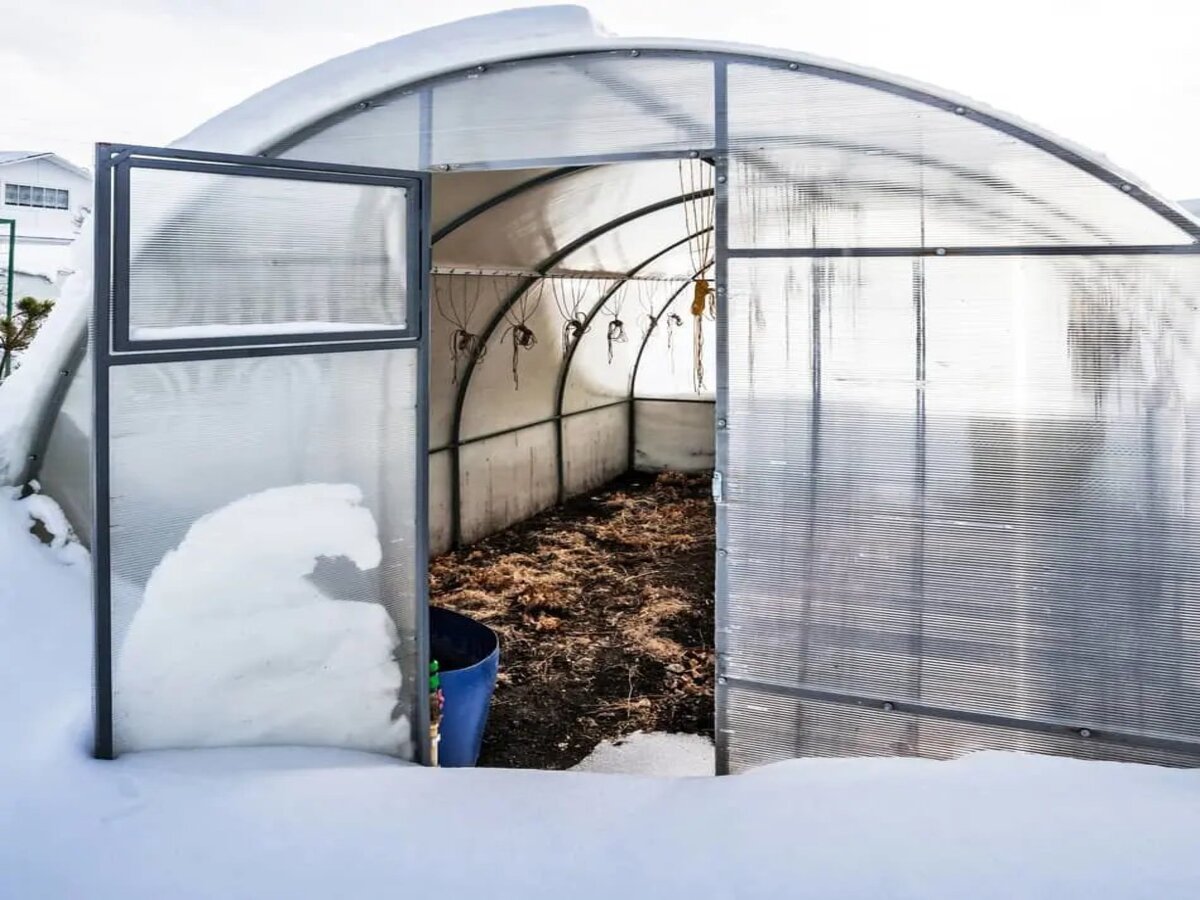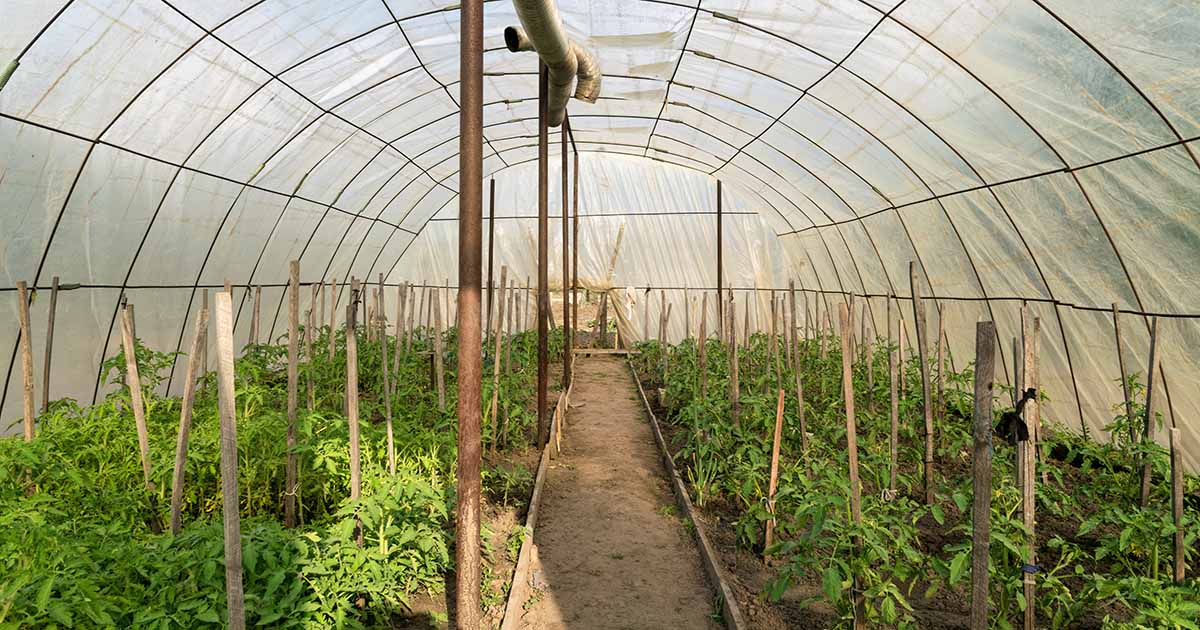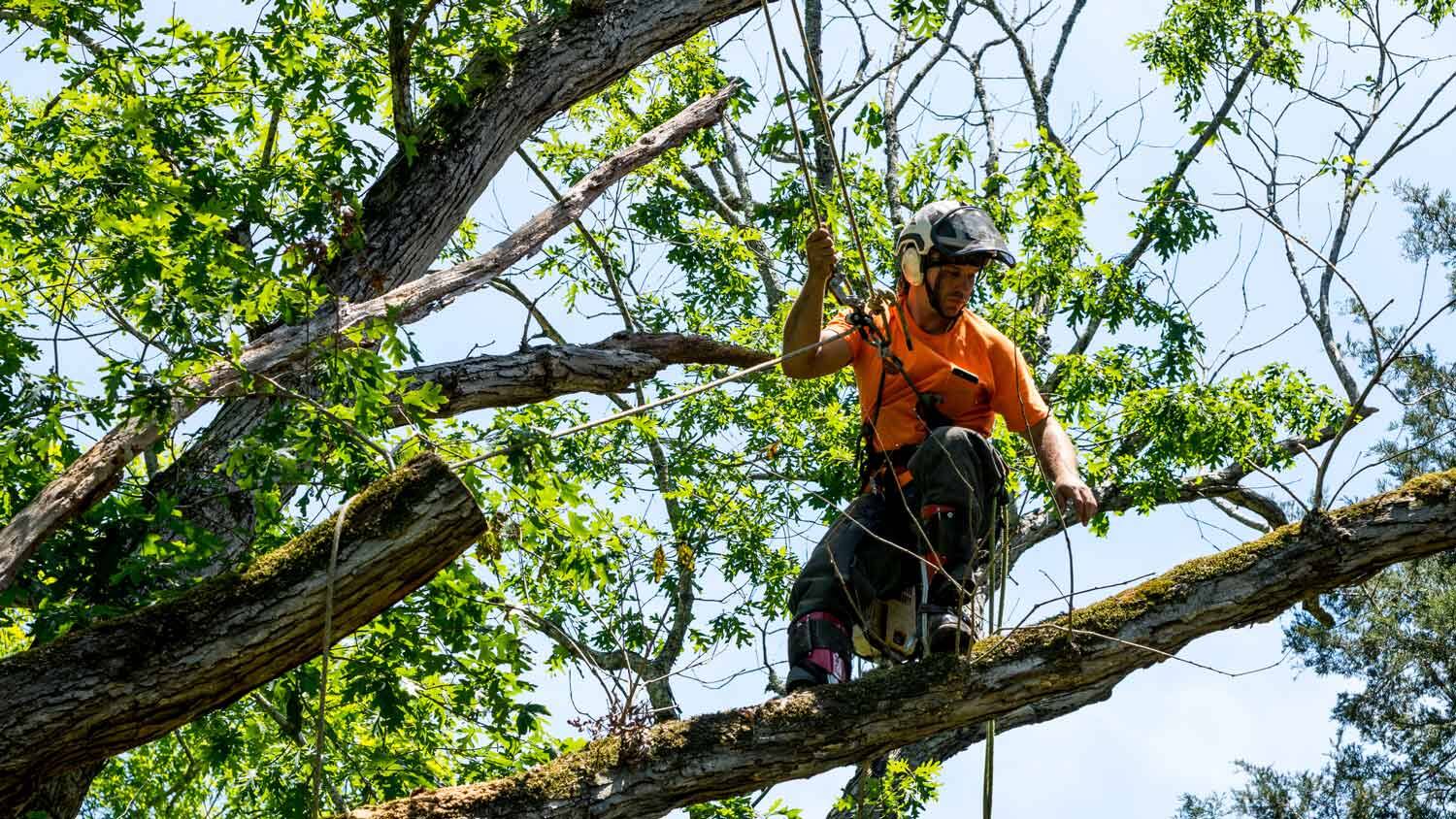Home>Gardening Basics>Understanding Soil>How Does Carbon Get Into The Soil?


Understanding Soil
How Does Carbon Get Into The Soil?
Published: February 5, 2024
Learn how carbon enters the soil and its impact on soil health. Gain a deeper understanding of soil processes and carbon sequestration.
(Many of the links in this article redirect to a specific reviewed product. Your purchase of these products through affiliate links helps to generate commission for Chicagolandgardening.com, at no extra cost. Learn more)
Table of Contents
Introduction
Soil is a complex and dynamic ecosystem that plays a crucial role in supporting life on Earth. One of the key components of soil is carbon, which is essential for maintaining soil fertility and supporting plant growth. Understanding how carbon enters the soil is vital for comprehending the processes that shape soil composition and fertility.
Carbon can enter the soil through both natural processes and human activities. Natural processes such as plant photosynthesis, root exudation, and the decomposition of organic matter contribute to the input of carbon into the soil. On the other hand, human activities such as agriculture, deforestation, and land-use changes also significantly impact the amount of carbon that enters the soil.
By exploring the mechanisms through which carbon enters the soil, we can gain valuable insights into the factors that influence soil health and fertility. This understanding is crucial for developing sustainable land management practices and mitigating the impacts of climate change.
In this article, we will delve into the intricate processes through which carbon enters the soil, shedding light on the natural phenomena and human interventions that drive the accumulation of carbon in this vital ecosystem. Through this exploration, we aim to deepen our appreciation for the intricate relationship between carbon and soil, and the profound implications for the health of our planet.
Natural Processes
Natural processes play a fundamental role in the input of carbon into the soil. One of the primary mechanisms through which carbon enters the soil is plant photosynthesis. During this process, plants utilize sunlight to convert carbon dioxide from the atmosphere into organic compounds, such as sugars and carbohydrates. A portion of these organic compounds is allocated to the plant’s roots, where they are released into the soil through a process known as root exudation.
Root exudates, which consist of a diverse array of organic compounds, including sugars, organic acids, and amino acids, serve as a source of energy for soil microorganisms. As microorganisms consume these exudates, a portion of the carbon is transformed into microbial biomass, effectively sequestering carbon in the soil. This process not only contributes to soil carbon storage but also fosters a symbiotic relationship between plants and soil microorganisms, which is vital for nutrient cycling and overall soil health.
Furthermore, the decomposition of plant litter and organic matter by soil microorganisms is another significant pathway for carbon input into the soil. As plant materials break down, organic carbon is released into the soil, where it becomes integrated into the soil organic matter pool. This process is facilitated by a diverse community of decomposers, including bacteria, fungi, and invertebrates, which play a pivotal role in the cycling of carbon and other essential nutrients in the soil ecosystem.
Additionally, the process of soil aggregation, whereby soil particles are bound together into larger aggregates, contributes to the stabilization of organic carbon in the soil. These aggregates provide physical protection for organic matter, shielding it from rapid decomposition and facilitating its long-term storage in the soil. As a result, natural processes such as plant photosynthesis, root exudation, and organic matter decomposition collectively contribute to the continuous input of carbon into the soil, shaping the dynamic and intricate carbon cycle within terrestrial ecosystems.
Human Activities
Human activities have significantly altered the dynamics of carbon input into the soil, with profound implications for soil health and ecosystem functioning. One of the most prominent human interventions that influence soil carbon input is agriculture. The conversion of natural ecosystems into agricultural land often involves the disruption of soil organic matter through practices such as tilling, which accelerates the decomposition of organic carbon and releases it into the atmosphere as carbon dioxide.
Furthermore, the use of synthetic fertilizers and intensive farming practices can lead to changes in soil microbial communities and the balance of carbon inputs and outputs. While fertilizers can enhance plant productivity, they can also influence the composition of root exudates and the dynamics of soil organic matter decomposition, thereby affecting the input and storage of carbon in the soil.
Deforestation and land-use changes also have substantial impacts on soil carbon input. The removal of forests and natural vegetation reduces the input of organic matter into the soil, disrupting the natural carbon cycle. Additionally, the conversion of forests into agricultural or urban areas can lead to the loss of soil organic carbon, as the protective cover of vegetation is removed, exposing the soil to erosion and degradation.
Moreover, industrial activities and urbanization have contributed to the alteration of soil carbon input through the modification of land surfaces and the deposition of pollutants. Contaminants from industrial processes can affect soil microbial communities and the decomposition of organic matter, influencing the dynamics of carbon input and storage in the soil.
It is essential to recognize the profound influence of human activities on soil carbon input and to implement sustainable land management practices that prioritize the conservation of soil organic matter. By promoting agroecological approaches, reducing deforestation, and restoring degraded lands, we can mitigate the impacts of human activities on soil carbon input and support the long-term health and fertility of soils.
Conclusion
The input of carbon into the soil is a dynamic process influenced by a myriad of natural phenomena and human activities. From the intricate interplay of plant photosynthesis, root exudation, and organic matter decomposition to the far-reaching impacts of agriculture, deforestation, and industrialization, the mechanisms through which carbon enters the soil are multifaceted and pivotal to the functioning of terrestrial ecosystems.
Understanding the complex pathways through which carbon is integrated into the soil is essential for addressing pressing environmental challenges, including climate change and soil degradation. By recognizing the role of natural processes in sustaining soil fertility and carbon storage, we can appreciate the intricate relationships between plants, microorganisms, and soil organic matter, fostering sustainable land management practices that prioritize the preservation of soil health.
Simultaneously, acknowledging the significant impacts of human activities on soil carbon input underscores the urgency of adopting practices that mitigate these effects. Through sustainable agriculture, reforestation efforts, and the promotion of environmentally conscious land-use practices, we can strive to safeguard soil carbon stocks and support the resilience of terrestrial ecosystems.
Ultimately, the input of carbon into the soil is a fundamental aspect of the intricate web of life on Earth. By embracing a holistic understanding of the processes that govern soil carbon dynamics, we can work towards a future where the vitality of soils and the sustainability of the planet are upheld for generations to come.




